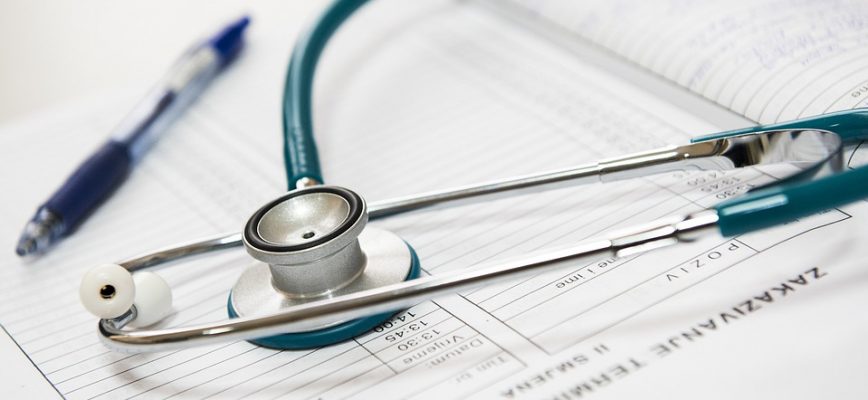Medical translation and the issue of accuracy
Some mistakes have truly dramatic consequences, and bad medical translation is in that group. You can afford the odd typo in a political manifesto. You might lose some loyal supporters, but no one is going to die from your mistake. However, errors in medical translation can have very serious results. They can jeopardise not only the health and well-being of patients, but also the existence of medical institutions.
An example of a bad mistake
In 2007, in Germany, someone made a seemingly minor error when translating the label on a package of knee prostheses. This resulted in 47 failed knee surgeries. The original (source language) label said “non-modular cemented”, however this was translated as “without cement”. Knee surgery is extremely painful and requires months of recovery. This is just one example of why translation for the medical sector has zero margin for error.
The mistranslation of a single word had a dramatic impact on the lives of 47 people. In addition, as you can imagine, the legal and financial implications of this error were considerable.
“Two different types of that knee prosthesis are available — for use with or without cement. The source- language label on the package of the prosthesis included the information that the femoral component was “non-modular cemented,” which was incorrectly translated as “non-cemented” or “without cement” (Fakler et al. 2007: 1). For over 12 months, medical professionals who performed or assisted in the operations were unaware of the fact that prosthesis elements had not been implanted in the correct manner.”
The Journal of Specialised Translation
When it comes to medical translations, precision is a must: You can’t afford to omit, substitute, or add anything that from the original source text. A single incorrect word or phrase could cause complications Patients put their trust in the hands of medical professionals. If that trust is gone, the career of the doctor or medical institution as a whole will collapse.
Pharmaceuticals
A key change in the pharmaceutical industry is the increasing role of generics, with many voices arguing for the sale of ‘branded generics’, particularly for the less cash-rich economies of Asia. With a market size worth $535.8 billion, it is essential that your company responds to local markets in an appropriate way; and adjusts every aspect of its approach to the local culture.
Consider the impact if information concerning contraindications or dosage is translated incorrectly. When this happens, medication that could have helped the life of a patient may become a dangerous substance. This could be due to an over/under dose or as a result of taking the pills at the wrong time.
Also of concern are false friends: Some examples of these include drug vs droga — in Spanish, drogas are medicine, rather than illegal drugs as commonly implied in English. Or abortion vs aborto — in Spanish aborto refers to a a miscarriage, not an intentionally aborted foetus.
Find out more: TRANSLATING FOR THE PHARMACEUTICAL INDUSTRY
Specialised multilingual translation
That said, multilingual documentation is essential in one of the most tightly-legislated industries in the world. Translation may be required at any level, including clinical research, regulatory submission and review, production and marketing.
In Europe, expansion of the EU is also driving increased demand for medical and pharmaceutical translation services. In EU member states, in addition to the requirements of the country’s own drug regulatory authority, companies must also meet the requirements of the European Medicines Agency (EMEA).
Key requirements for a medical translator
- Qualifications: A specialised medical translator should have medical qualifications — it seems obvious. And many medical translators are specialists or a general practitioners. This will ensure your translator has the necessary experience, and is familiar with the subject they are translating.
- Certifications: Medical translators should have (at least) a degree in Translation. Furthermore, an ISO 9001 certification, can be a very good way to evaluate a Translation Agency.
- Experience: Be sure the translator has a solid grasp of ethical issues, is knowledgeable in anatomy and physiology, and has a good understanding of general medical terms, and their implications.
- Professionalism: All professional translators should be proficient in both languages, and a native speaker of the target language (ie. the language they are translating into). Also, while most translators use computer-assisted translation (CAT tools) in their translation process, there are some that rely solely on manual efforts. Using a CAT tools and a Translation Memory is usually faster, as well as ensuring greater accuracy and fluency.
At QuickSilver Translate, we offer specialised translation services for the medical sector, using qualified, professional translators, with experience and expert knowledge in the topics they translate.

